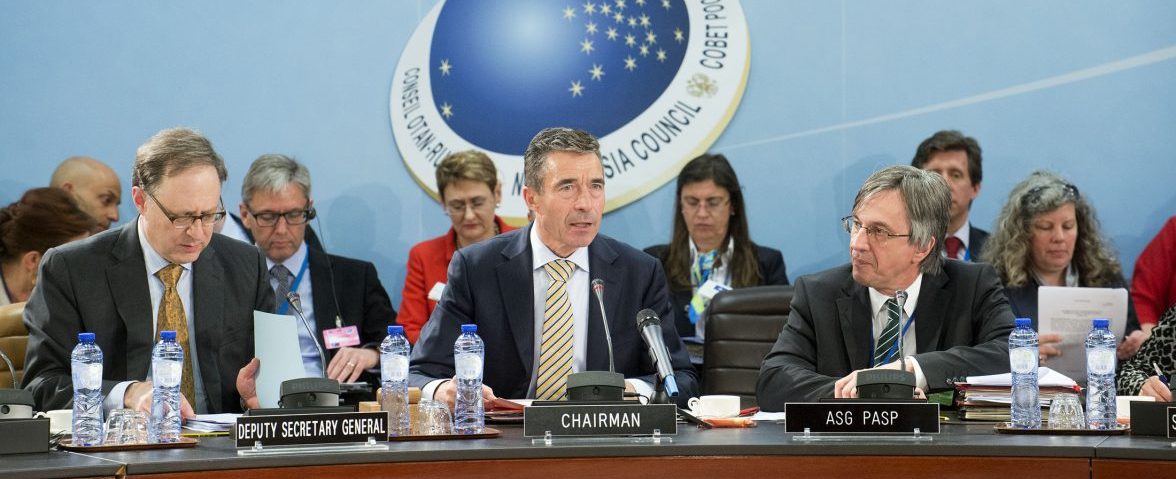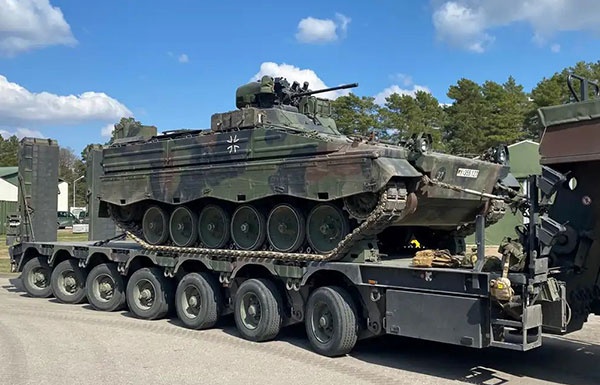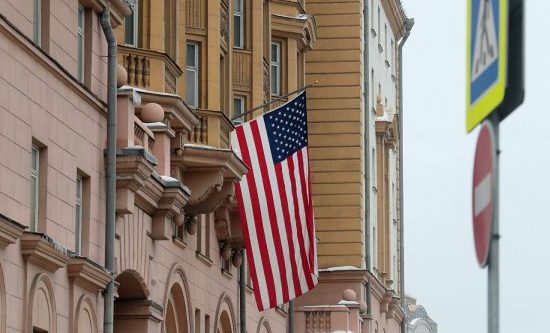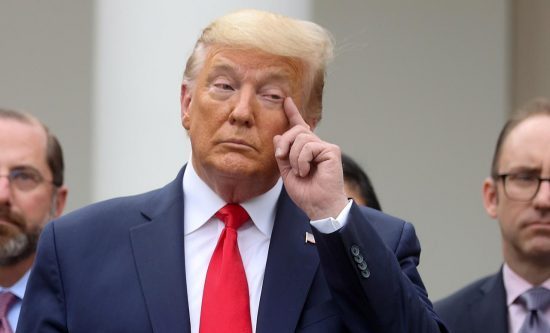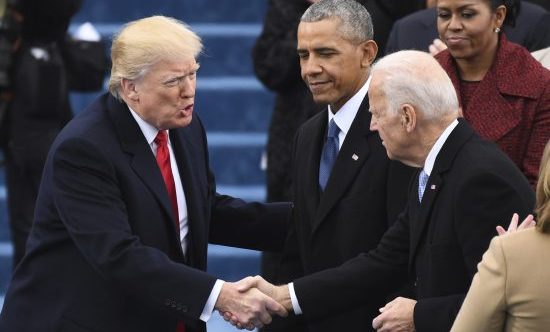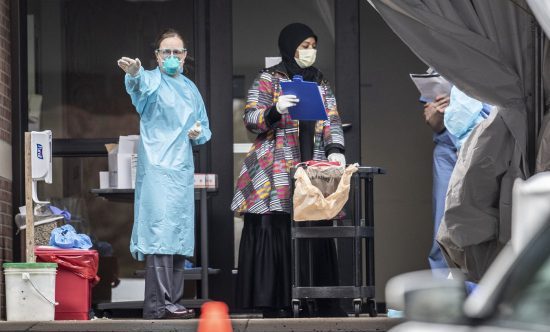The Russia-NATO Council held its regular meeting on July 5. Since 2016, following a suspension caused by differences over the conflict in Ukraine, this framework was revived and has been operating on a regular basis. However, these interactions were scaled down, with NATO continuing to block working contacts, allowing meetings to proceed only at the level of ambassadors. Two or three meetings are held annually, and the agenda remains for the most part unchanged from one sitting to another.
This was the Council’s second meeting in 2019. Just as before, the parties engaged in a customary exchange of accusations on Ukraine-related matters. As usual, they voiced their differences on Donbass and the implementation of the Minsk Agreements, as well as tensions near the Sea of Azov. In addition to this, just like in the previous years, the meeting included mutual briefings on ongoing military activity. These briefings have emerged as an important channel for ensuring that large-scale exercises organized by Russia and NATO are transparent. NATO representatives reported on last year’s Trident Juncture exercise and the upcoming Dynamic Mariner manoeuvers, while Russia shared some information on Center and Union Shield, the two major exercises it intended to hold this year. Against the backdrop of an increasingly fluid military and political environment and lack of trust between the parties, these exchanges help to stabilize the competitive relationship between Russia and NATO.
However, it was the future of the almost-defunct Treaty between Russia and the United States on the Elimination of Intermediate-Range and Shorter-Range Missiles (INF Treaty) that topped the agenda. This is not the first time this topic has become central to Russia-NATO meetings. It was already featured prominently on the agenda during the October 31, 2018, and January 25, 2019 meetings. What makes the July discussion special is that it was the first meeting after the announcement by the United States in February 2019 of its withdrawal from the treaty. Moreover, the meeting was held exactly four weeks before August 2, when the document is expected to become void. Therefore, the meeting was cast as possibly the last-ditch attempt to save the Treaty, although Russia and the United States are scheduled to hold consultations on July 17 and 18, and this will be the final chance to reconcile differences.
While only Russia and the United States are bound by the treaty, it is understandable that NATO’s European members have much interest in this instrument. After all, its signing in the 1980s was designed to ease military tension in Europe: the US territory was out of reach for Soviet intermediate-range and shorter-range missiles, but this was not the case for the US allies. In today’s environment, the fact that the treaty is falling apart arises not only and not so much from Moscow and Washington pointing fingers at each other, as from the growing missile potential of Asian countries, primarily China. At the same time, NATO member states have been voicing concerns that their region could face the Euro-missile problem once again, especially since Washington believes that the 9М729 missiles, which are at the center of the allegations accusing Moscow of violating the INF Treaty, are primarily deployed at military bases in the European part of Russia.
Against this backdrop, NATO is once again faced with the decoupling problem. It is based on the fear that Moscow will be able to use intermediate and shorter-range missiles to decouple NATO’s security framework and gain a victory in a regional conflict. If used against ports or other transport infrastructure facilities, these weapons could make it harder for the alliance to mass forces to ensure collective defense. At a strategic level, parity could force Washington to remain inactive, since it would have to choose between risking intolerable damage to US territory and breaching its allied commitments. NATO countries may experience reasonable doubt as to whether under such circumstances the United States would choose to defend Riga, Warsaw or Berlin rather than keep New York, Washington or Los Angeles intact.
The fears related to these hypothetical scenarios are accompanied by the growing awareness that European countries, when left to their own devices, would be unable to ensure their security, while developing this capability would come at a great economic and political cost. Moreover, this long-standing dependence on the United States currently overlaps with exacerbating threats to NATO’s unity. The inability to adopt a single stand regarding accusations about Russia breaching the INF Treaty come at a high cost for Europe, especially since Washington is already questioning the expediency of supporting its allies. It is not surprising that in December 2018, NATO unanimously backed accusations made by the United States against Moscow, and has since been holding Russia solely responsible for the breakdown of the INF Treaty.
With all this in mind, there was little room left for real dialogue or compromise at the Russia-NATO Council meeting. NATO countries once again demanded that the 9М729 missiles be scrapped, using the meeting as yet another opportunity to pressure Moscow in a show of allied solidarity. The June 26 meeting of NATO’s defense ministers offers a telling example of how the discussion with Russia was prepared. It was after that meeting that the first details were announced of the possible measures to be taken if the INF Treaty was terminated on August 2. In particular, the allies intend to increase their collective intelligence, surveillance and reconnaissance capability, review the possibility of expanding air and missile defense forces, as well as conventional forces, and ensure the reliability and safety of the existing nuclear deterrent capability.
The opaque nature of these statements could point to a deficit of adequate tools for countering Russia’s assumed capabilities, and could also reflect differences within NATO regarding the way to proceed. At the same time, the expert community has been discussing a much more detailed list of measures the alliance could take. These include creating and deploying in Europe intermediate and shorter-range capabilities that were prohibited before, deploying US bombers to the region, as well as sending ships equipped with missile defense systems and carrying cruise missiles, and the imposition of new sanctions against Moscow. For now, NATO has officially ruled out only one of these options, saying that it would not deploy new missiles with nuclear warheads in Europe. At the same time, a number of Western experts criticized this position, arguing that NATO should be able to act at its discretion.
It is obvious that these ultimatums have little effect on Moscow, even when backed with threats of an increase in the military presence near the Russian borders. First, Russia rejects the accusations that it violated the INF Treaty. Second, Russia has questioned Washington’s compliance with the document, primarily regarding the deployment of MK-41 launchers to Romania and Poland, arguing that they can be promptly re-equipped to launch cruise missiles. Third, there is a strong belief in Russia that Washington is intent on eliminating bilateral limitations on its intermediate and shorter-range capabilities anyway. Overall, in this situation both sides tend to view any concessions as a luxury they cannot afford and a false impetus for the opponent, that pressure brings fruits. Accordingly, just as expected, the discussion of the INF Treaty at the July meeting of the Russia-NATO Council did not yield any results.
This outcome was predicted and confirms the broadly recognized belief that the Treaty’s days are numbered. It is not uncommon for this fatalism to be accompanied by statements that the document has become obsolete anyway, and its termination would do little to alter the established alignment of forces in Europe. At the same time, Russia should be aware that after the breakdown of the existing framework, it will be challenging to maintain the status quo based on informal understandings. It is telling in this connection that NATO Secretary General Jens Stoltenberg said that Moscow’s deployment of the 9М729 missiles would not be left without a response, because passivity creates a dangerous precedent. Consequently, August 2 could trigger a further intensification of military and political containment efforts in relations between Russia and the West.




